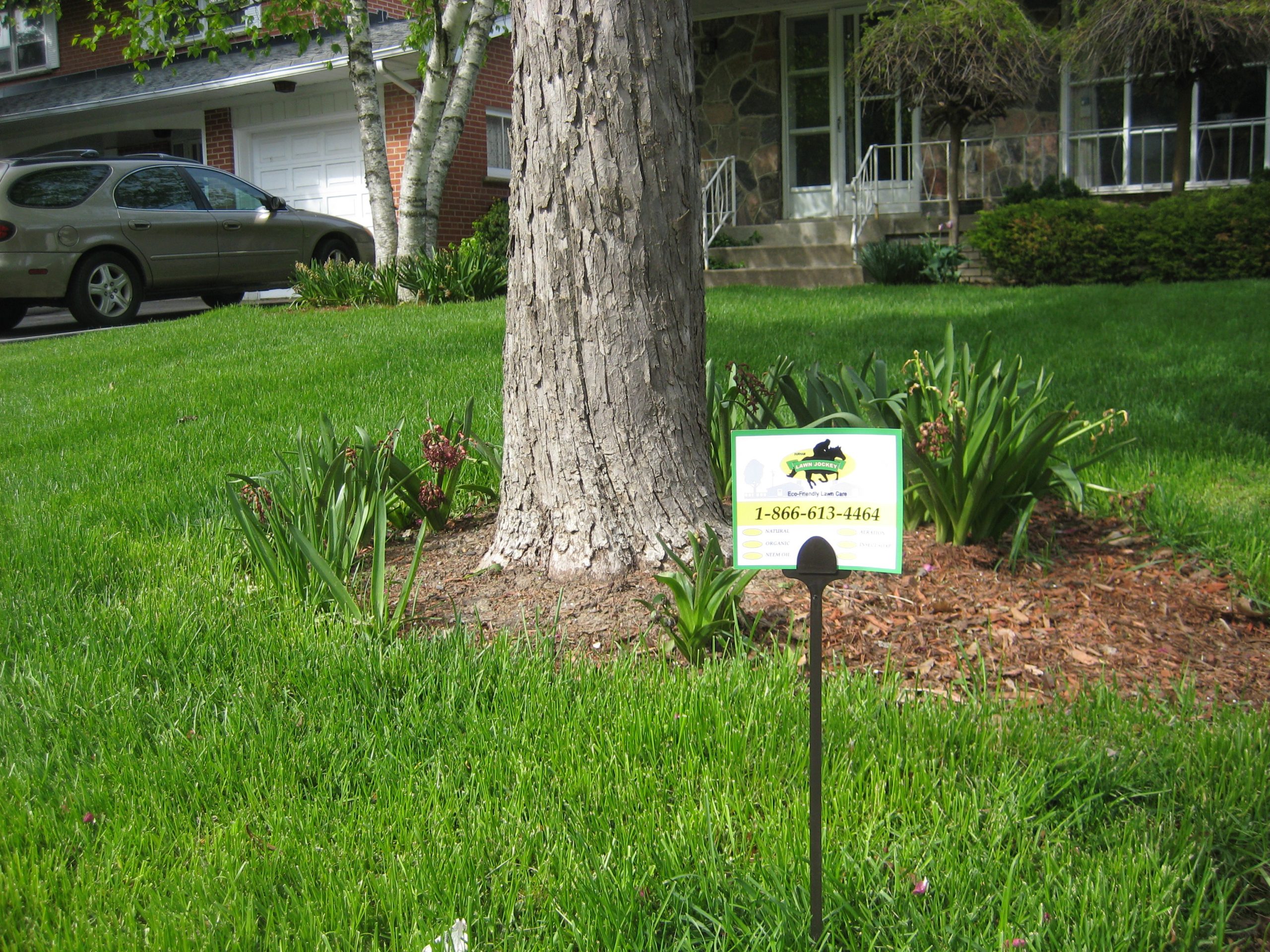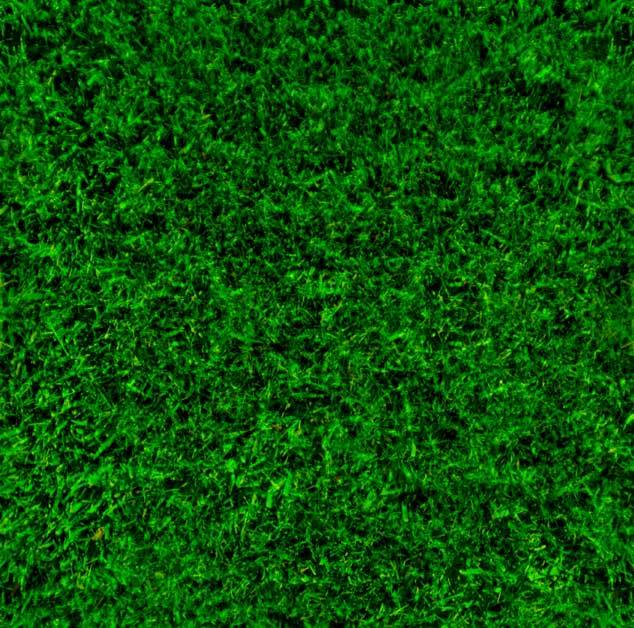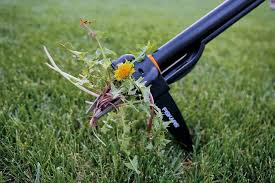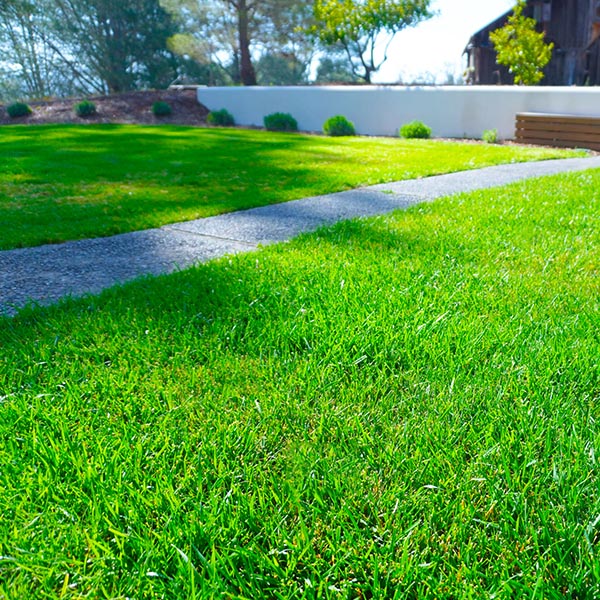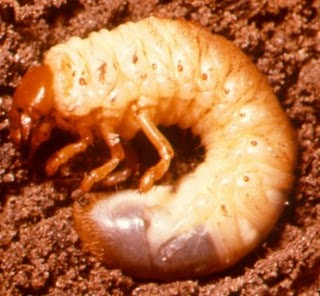Lawn Tips
Over Seeding
Autumn is the optimum season to seed. The reason is simple; in the fall seeding is less likely to overlap with weed controls and pre-emergents that can restrict new seed germination. There is also less competition in the turf and weather conditions are more favourable to establishing new growth. At Durham Lawn Jockey we use CPR (fall), and other premium grass seed blends.
Aeration
This application has many benefits. It creates a stronger root system, breaks up thatch layers where Chinch Bug hide, allows more moisture and oxygen into the soil, helps keep grub populations to a minimum. Although we also provide spring aeration, we recommend this application be done in conjunction with a September over-seeding for maximum benefit.
Lime Treatment
This application helps restore the PH level of acidic lawns to a normal standard between 6.0 and 7.0 . It is an application that acts as a booster drink for your lawn helping with moss, mushrooms and other soil issues. It is recommended that this treatment be done once every three years or as needed. At Durham Lawn Jockey we also use Salt Stopper for canine urine.
Weeds
With as many as 150 weed seeds ready to germinate throughout the entire season for every square foot of soil, the potential for weeds is tremendous. In fact, in the top six inches of the topsoil, over a 1,000 square foot area, there may be as many as 3,000 weed seeds. These seeds remain viable for many years. Weeds are opportunistic plants. They compete with preferred plants for space, water, nutrients and sunlight. Just a slight weakness in the turf can allow a weed seed to germinate and become established. Cultural practices that help maintain health and vigor of the grass should end concern for weeds. Promoting a healthy lawn is the best defence against severe weed problems. Proper mowing and watering, regular fertilization, aeration, and annual over-seeding are the key ingredients in maintaining a healthy lawn. At Durham Lawn Jockey we use Fiesta© iron-based control when dealing with weeds.
Crabgrass
Crabgrass is an annual weed that invades home lawns and gardens. Crabgrass usually establishes itself in mid to late spring. Crabgrass plants produce finger-like, purple seed heads when mature. Seeds are produced, over winter in the soil and germinate the following spring. Crabgrass normally invades lawns that are thin, weak and undernourished. Lawns that are properly fertilized, watered and mowed correctly are less susceptible to crabgrass infestations. Infestations usually begin along driveway edges, in boulevards and other high traffic and/or high temperature areas. Crabgrass will not germinate in heavily shaded areas.
When there is evidence of recurring historical crabgrass problems. Control is best implemented in spring, prior to the germination and establishment of crabgrass plants with the use of a pre-emergent control. However, it should be noted that current organic means have a limited effect window and should be used with that knowledge in mind. Due to a lack of effectiveness, we DO NOT offer pre-emergent controls.


